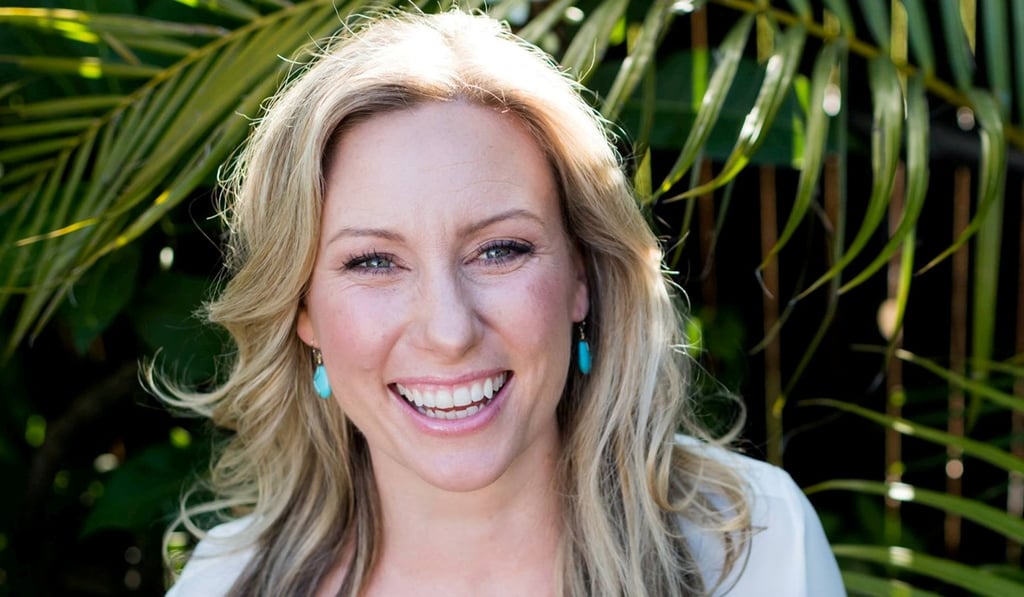Questions over race-based ruling surface after black US policeman’s conviction for shooting white Australian woman
- Mohamed Noor testified that he and his partner heard a loud bang on their squad car that startled them, and that he fired ‘to stop the threat’
- While some in the community said the officer ‘was going to jail no matter what because he’s black’, lawyers dismissed the suggestion as ‘simply not true’

After three weeks of testimony, a jury needed little more than a day to convict a black Minneapolis police officer of murder in the fatal shooting of an unarmed white woman who had called police to report a possible crime, delivering a guilty verdict that immediately sparked questions about whether race played a role.
Noor, 33, testified that he and his partner heard a loud bang on their squad car that startled them, and that he fired “to stop the threat” after he saw a woman appear at his partner’s window raising her arm. Prosecutors questioned whether the bang happened and attacked Noor for not seeing a weapon or Damond’s hands before he fired.
It is rare for police officers to be convicted after asserting they fired in a life-or-death situation, but some Minnesota community members said they saw it coming for Noor because he is Somali American.

“Officer Noor was going to jail no matter what because he’s a black man who shot a white woman in the state of Minnesota,” said John Thompson, an activist and friend of Philando Castile, a black man who was killed in 2016 by a Latino suburban police officer who was acquitted.